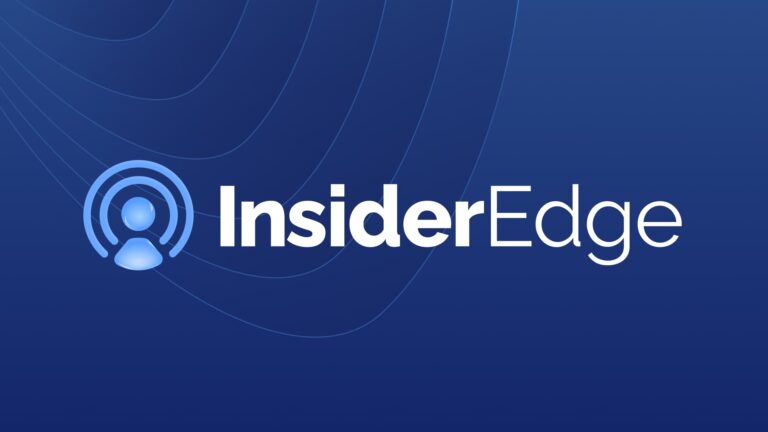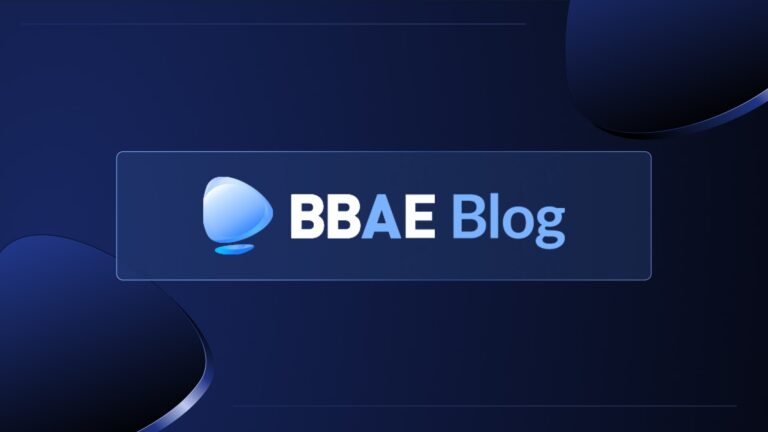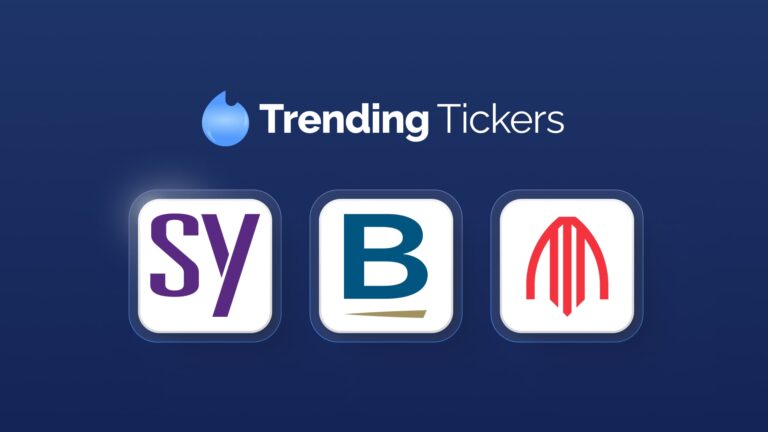In their 2Q 2025 investor letter, SaltLight Capital Management discusses their recent investment in Google (Alphabet), presenting it as a strategic position to navigate the evolving AI landscape. SaltLight, known for positioning portfolios to manage a range of outcomes over five-year periods rather than predicting market movements, introduces Google as an example of balancing innovation risks with established strengths. The letter emphasizes the firm’s approach to managing near-term uncertainties while maintaining conviction in long-term AI opportunities. Despite acknowledging potential “air pocket” volatility in the AI trade, SaltLight views Google as offering significant upside for relatively limited risk at current valuations.
Investment Highlight: Google (Alphabet)
Business Overview
- $200 billion core advertising business centered on search
- Seven platforms each with two billion monthly active users
- Grappling with an Innovator’s Dilemma as AI threatens to disrupt traditional search model
- Transitioning from match-making users to websites toward AI-driven direct answers
Market Position
- Traditional role: Acting as a ‘match-maker’ guiding users to the best sources on the open web
- Emerging challenge: AI handling searching, synthesis, and answering directly, reducing need for destination websites
- Revenue model under pressure as AI changes user interaction patterns with content
Performance Analysis
- Creating a World-Class Foundational LLM:
- Despite documented setbacks and wobbly start, made intensive efforts to become highly competitive
- Released Veo 3 for video generation (with audio) and Genie 3 for dynamic world generation
- Models demonstrate understanding of real-world physics, suggesting data advantage from YouTube
- Strong potential in long-term Physical AI domain (robotics)
- Differentiation Strategy: Infrastructure Costs:
- Custom AI chips called Tensor Processing Units (TPUs) highly competitive with NVIDIA GPUs
- TPUs don’t carry NVIDIA’s 80% margins
- Six generations produced since 2016, with 7th generation (Ironwood) coming shortly
- TPUs can reduce operational costs by 20-30% compared to equivalent GPU setups
- Potential to market TPUs to external clients given NVIDIA’s commanding market share
- Seven platforms with two billion monthly active users each provide established distribution channels
- Opportunity to integrate intelligence into Gmail, YouTube, Chrome, Google Maps, and Android
- Cost-effective, standardized LLM model combined with massive user base
- Application Layer Value Creation:
- Search product shifting from helping users navigate websites (click-through revenue) to keeping users within Google interface (engagement time and Lifetime Value focus)
- Google acting as intermediary through AI agents (e.g., creating holiday itineraries, booking services)
- New revenue streams from taking cuts from transacting providers
- Privileged position from longstanding search operations and web indexing capabilities
Market Dynamics and Opportunities
- Natural human tendency toward path of least resistance favors AI-driven solutions
- Content providers resisting shift as traffic no longer reaches their sites
- Google’s existing web indexing provides competitive advantage for delivering superior web-search responses
- Intelligence-per-dollar cost advantage over other hyperscalers
Valuation and Strategic Positioning
- Acquired at attractive valuation multiple
- Positioned as key enabler for advancing and participating in AI spread
- Significant upside potential for relatively limited risk if core search business can be protected or maintained
Risks
- $200 billion core advertising business vulnerable to significant disruption from AI
- Innovator’s Dilemma in protecting legacy search revenue while embracing transformative technology
- Anticipated “air pocket” of uncertainty and volatility through 2030
- Gap between AI investment and tangible returns creating short-term challenges
- Enterprise adoption barriers: AI agents remain complex for widespread deployment
- Underdeveloped supporting software ecosystem
- Foundational LLM layer expected to become commoditized over time
- Content provider resistance to new AI-driven search paradigm
Other Key Points
- Google pioneered the transformer technology that now threatens to disrupt its core business
- ChatGPT 5 launch highlighted advancement gap, focusing on post-training improvements rather than groundbreaking innovations
- NVIDIA’s Blackwell architecture rollout gaining momentum for mid-2025 enterprise deployments
- SaltLight anticipates short-term volatility may present opportunities to acquire high-quality assets at attractive valuations
SaltLight Capital views Google as a strategic investment to navigate AI uncertainties, citing its competitive LLM development, cost advantages through custom TPU infrastructure, massive distribution network, and privileged position in web search as key factors. They believe that if Google successfully addresses its Innovator’s Dilemma, the investment offers significant upside potential despite the considerable risks associated with business model transformation.










